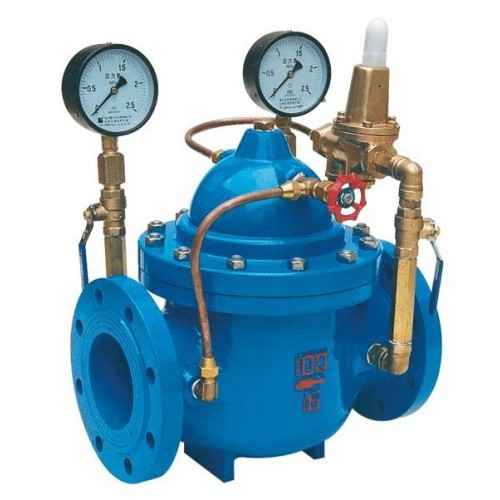Understanding the Functionality and Applications of Butterfly Valves in Gas Systems
The Importance of Butterfly Valves in Gas Applications
Butterfly valves are essential components in various industrial applications, particularly in the gas industry. Their unique design, simple operation, and effectiveness make them a preferred choice for regulating flow and pressure in gas pipelines, storage systems, and processing facilities. In this article, we will delve into the significance of butterfly valves in gas applications, exploring their functionality, advantages, and considerations for usage.
Understanding Butterfly Valves
A butterfly valve is a quarter-turn valve that uses a circular disc or blade to regulate the flow of fluid — in this case, gas. When the valve handle is turned, the disc rotates 90 degrees, either allowing flow (when fully opened) or blocking it (when fully closed). This design enables quick and efficient operation, which is particularly beneficial in gas applications where timely flow management is crucial.
Functionality and Design
The operation of a butterfly valve is straightforward. It consists of three main components the body, the disc, and the actuator. The body houses the disc and connects to the pipeline. The disc is mounted on a shaft, and the actuator, which can be manual or automatic, is used to turn the disc. This simplicity allows for easy installation and maintenance, making butterfly valves a practical solution for various gas handling systems.
One of the key design features of butterfly valves is their ability to handle different types of gases, including natural gas, propane, and biogas. Depending on the application, butterfly valves can be made from various materials, such as stainless steel, cast iron, or plastic. The choice of material influences the valve's resistance to corrosion and temperature fluctuations, which are critical factors in gas applications.
Advantages of Butterfly Valves in Gas Systems
1. Compact Design Unlike other types of valves, butterfly valves have a minimal profile, which allows for space-saving installations in confined areas, such as gas processing facilities.
3. Low Pressure Drop Butterfly valves offer low resistance to flow, contributing to reduced pressure drops across the valve. This efficiency is particularly important in gas applications where maintaining pressure is crucial for operational efficiency.
butterfly valve gas

4. Versatility Butterfly valves can be used in various applications, including on/off services, throttling, and flow control in gas pipelines, making them versatile components in the gas industry.
5. Cost-Effectiveness Generally, butterfly valves are more affordable than other valve types like ball or gate valves. Their maintenance requirements are also lower, enhancing their overall cost-effectiveness.
Considerations for Usage
While butterfly valves offer numerous benefits, there are considerations to account for when selecting and installing them in gas applications
- Sealing Requirements The type of sealing used in butterfly valves is critical. For gas applications, ensuring a tight seal is vital to prevent leaks, which can pose safety risks and reduce system efficiency.
- Temperature and Pressure Ratings It's essential to choose butterfly valves rated for the specific temperature and pressure conditions of the gas being handled. Using valves outside their rated limits can lead to failures and safety hazards.
- Flow Characteristics Different butterfly valve designs have varying flow characteristics. Understanding the flow requirements of the gas system will help in selecting the most appropriate valve type.
- Maintenance Protocols Regular maintenance is necessary to ensure the longevity and reliability of butterfly valves. Establishing a maintenance schedule for inspection and servicing is important for preventing operational disruptions.
Conclusion
In conclusion, butterfly valves play a vital role in the gas industry, providing effective control of flow and pressure in various applications. Their simple design, quick operation, and efficiency make them suitable for handling different types of gases. However, selecting the right butterfly valve requires careful consideration of factors such as sealing, temperature, pressure ratings, and maintenance. As industries continue to evolve, the reliability and effectiveness of butterfly valves will undoubtedly remain a cornerstone in gas management systems worldwide.
-
The Key to Fluid Control: Exploring the Advantages of Ball Valves in Industrial SystemsNewsJul.09,2025
-
The Versatile World of 1, 2, and 3 Piece Ball ValvesNewsJul.09,2025
-
Stainless Steel Ball Valves: The Ideal Choice for Efficient Flow ControlNewsJul.09,2025
-
Optimizing Fluid Control with Ball Float ValvesNewsJul.09,2025
-
Manual Gate Valves: Essential for Control and EfficiencyNewsJul.09,2025
-
Everything You Need to Know About Butterfly ValvesNewsJul.09,2025
-
The Versatility of Wafer Type Butterfly ValvesNewsJul.08,2025




